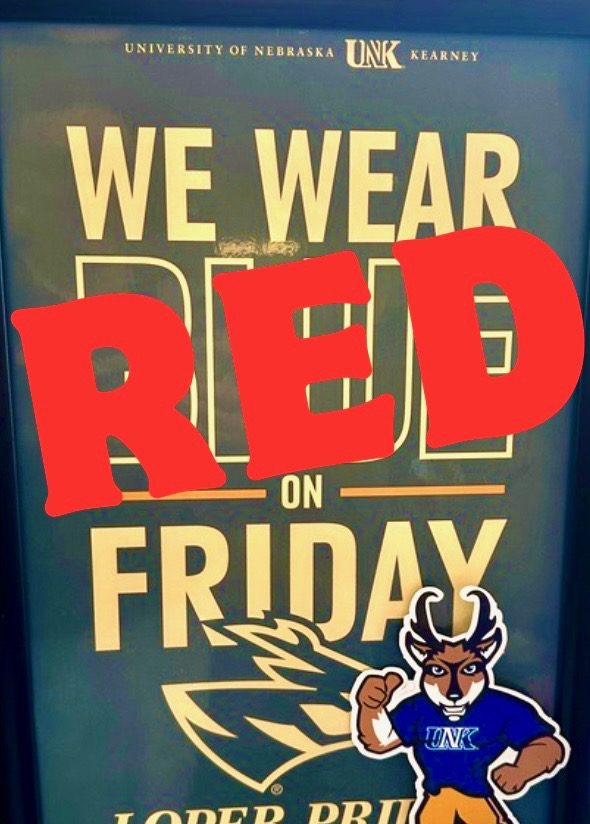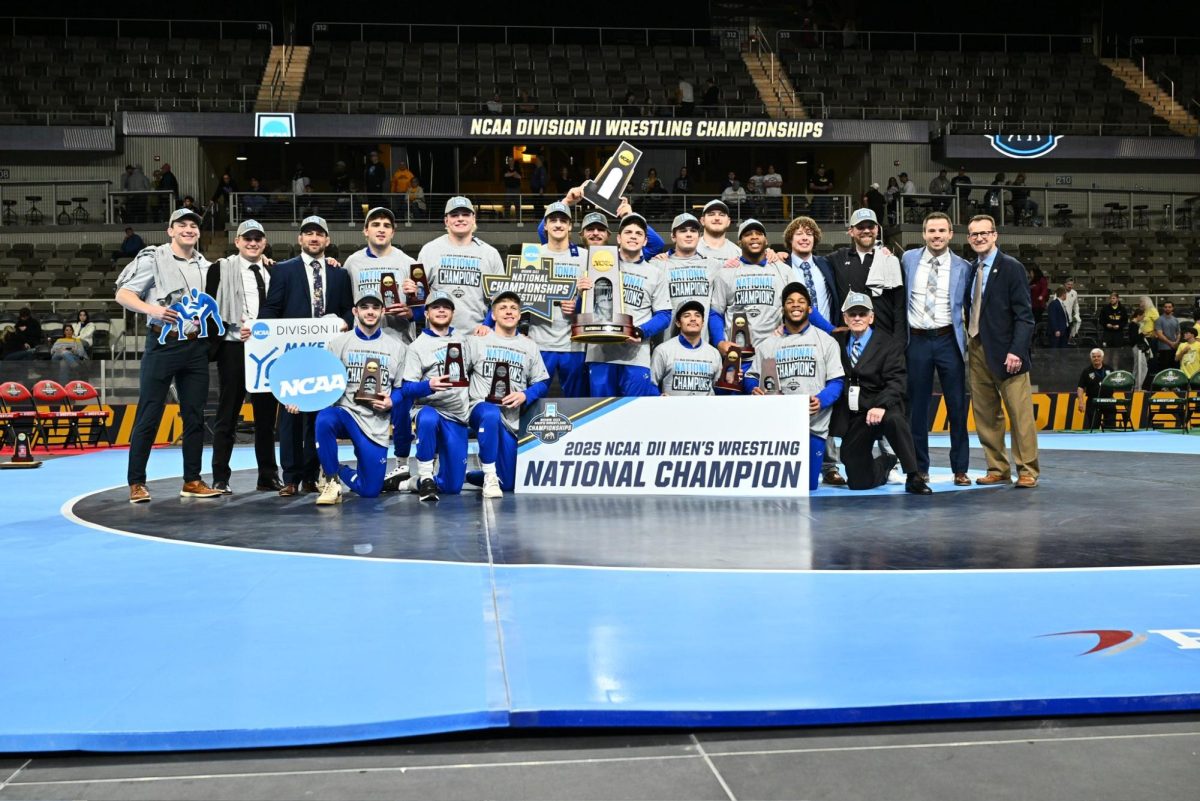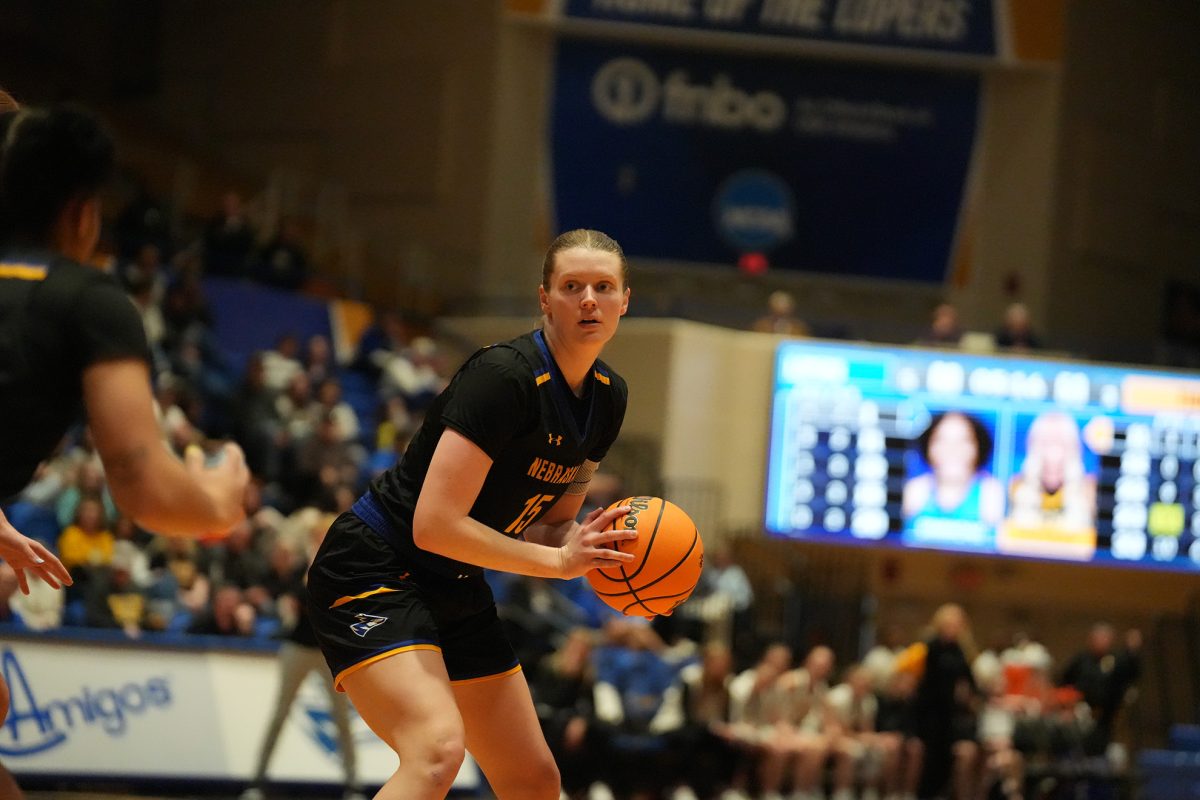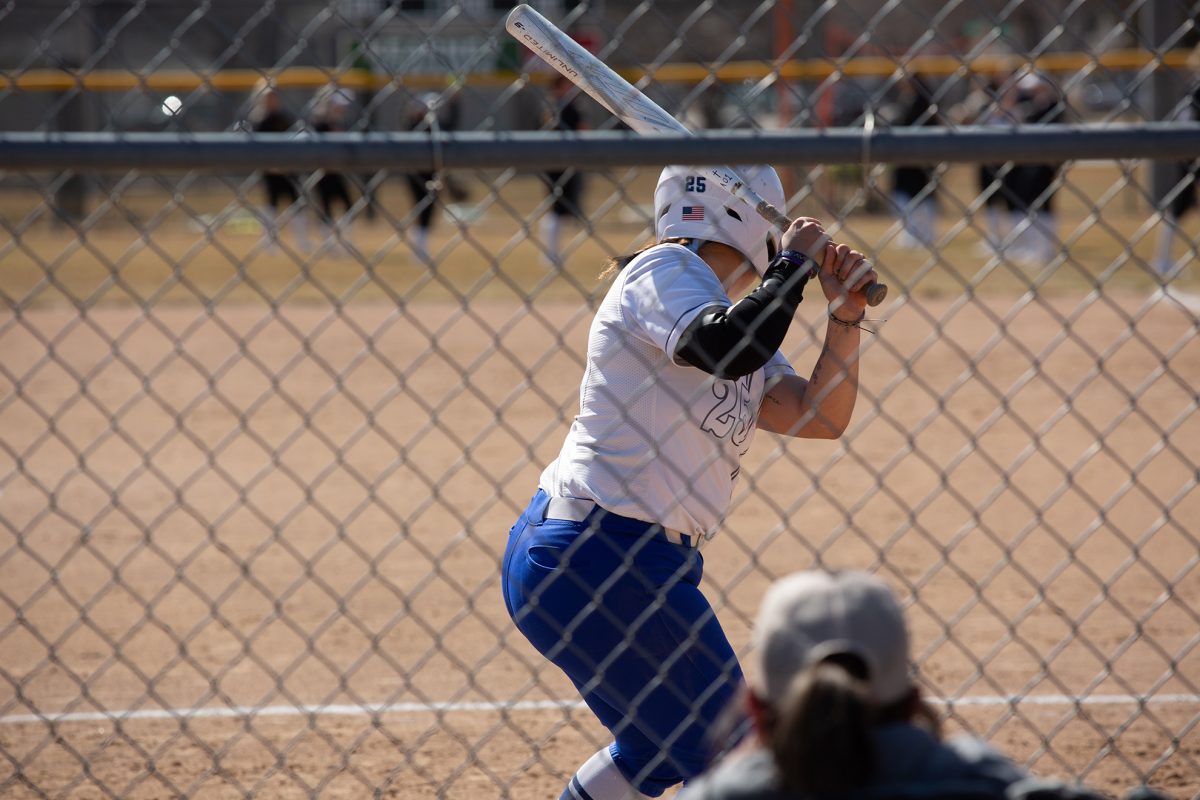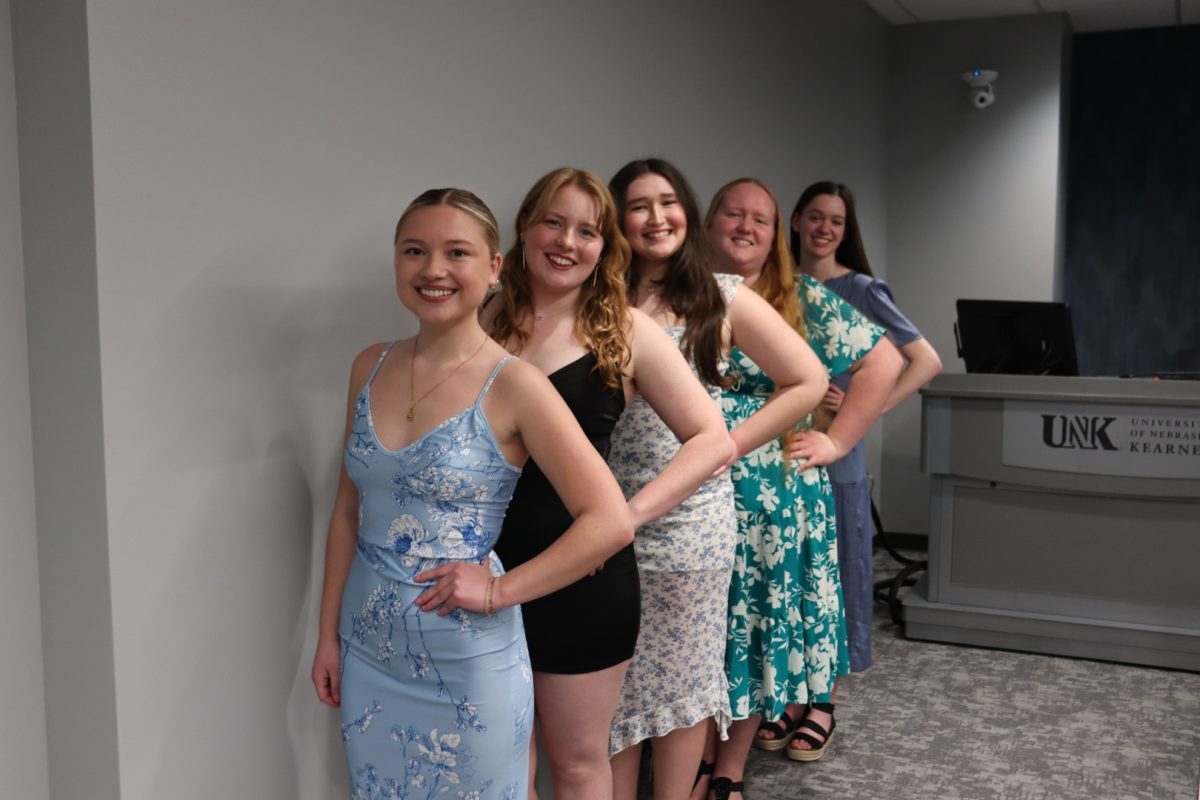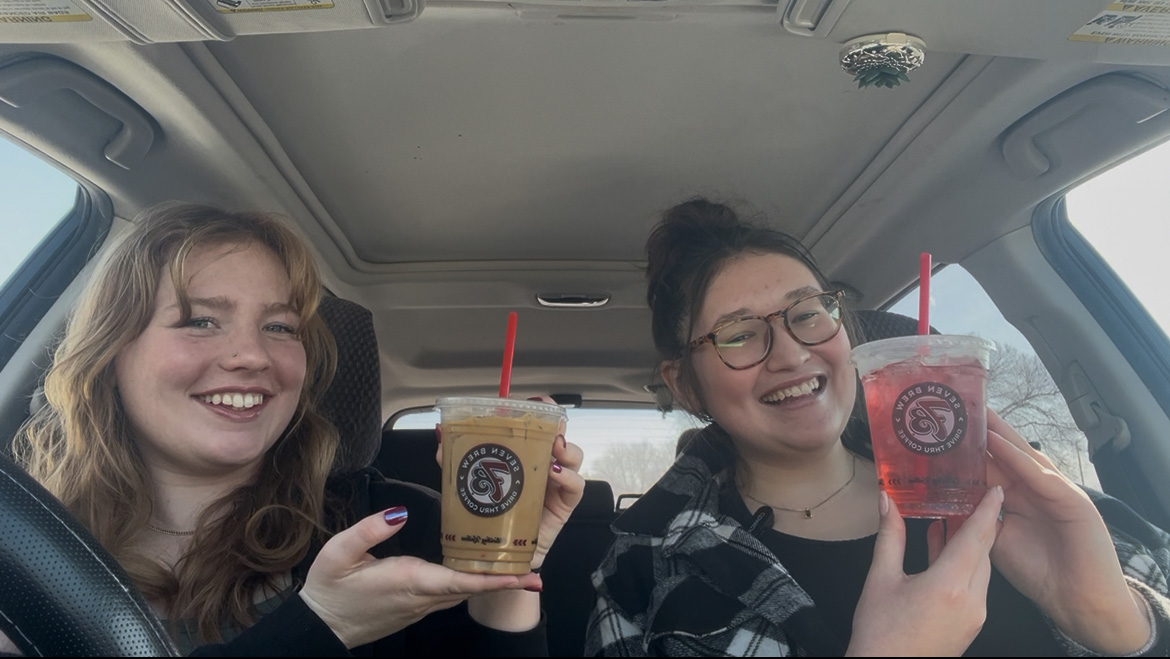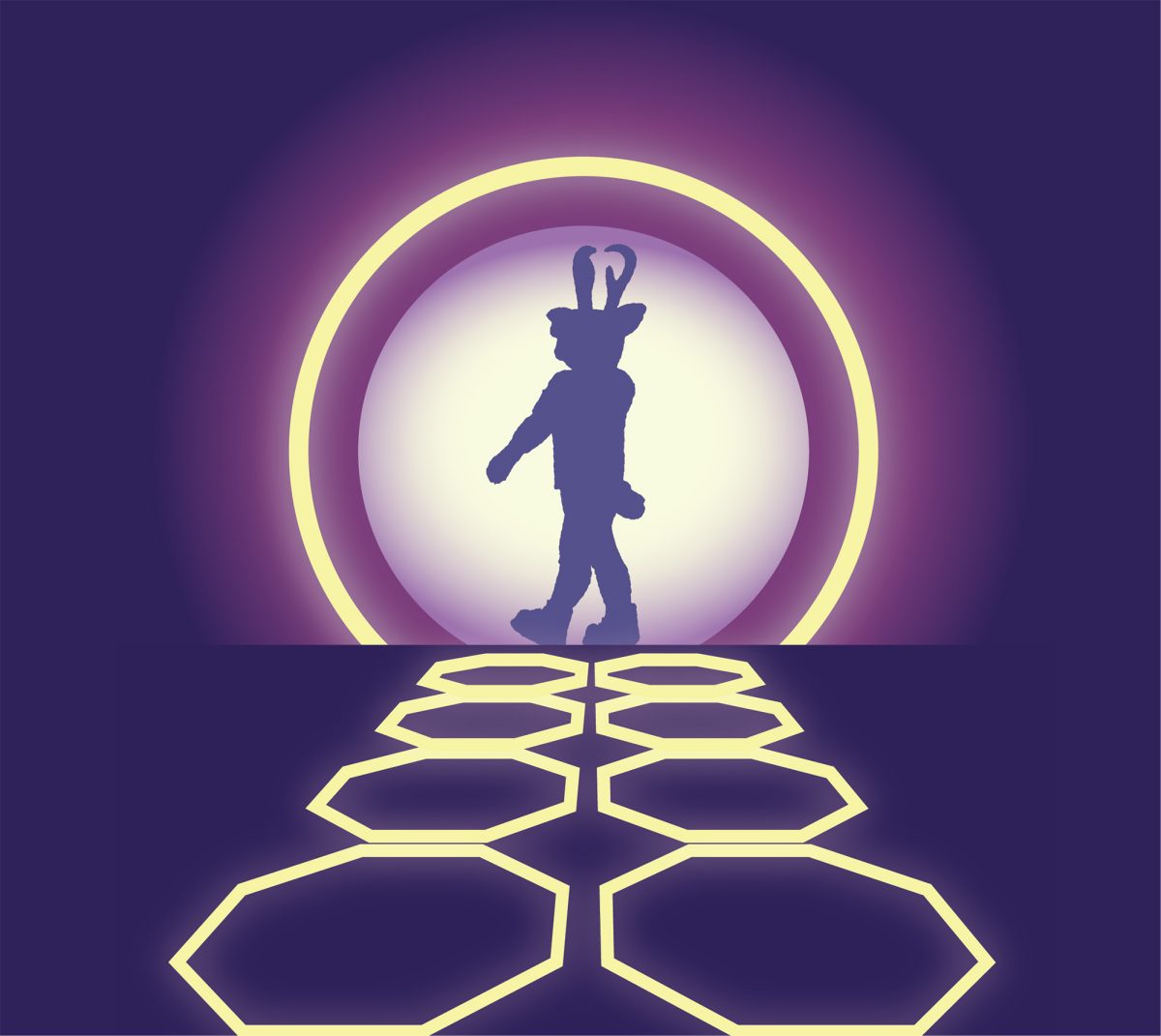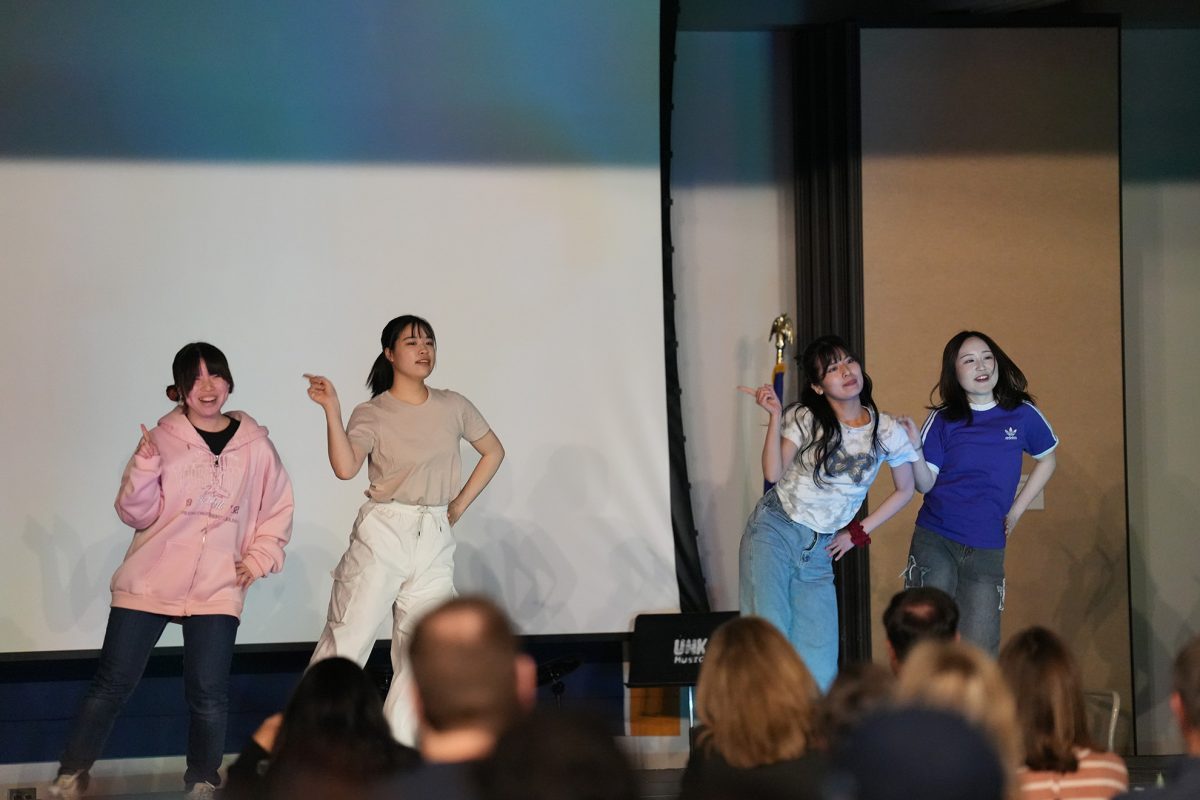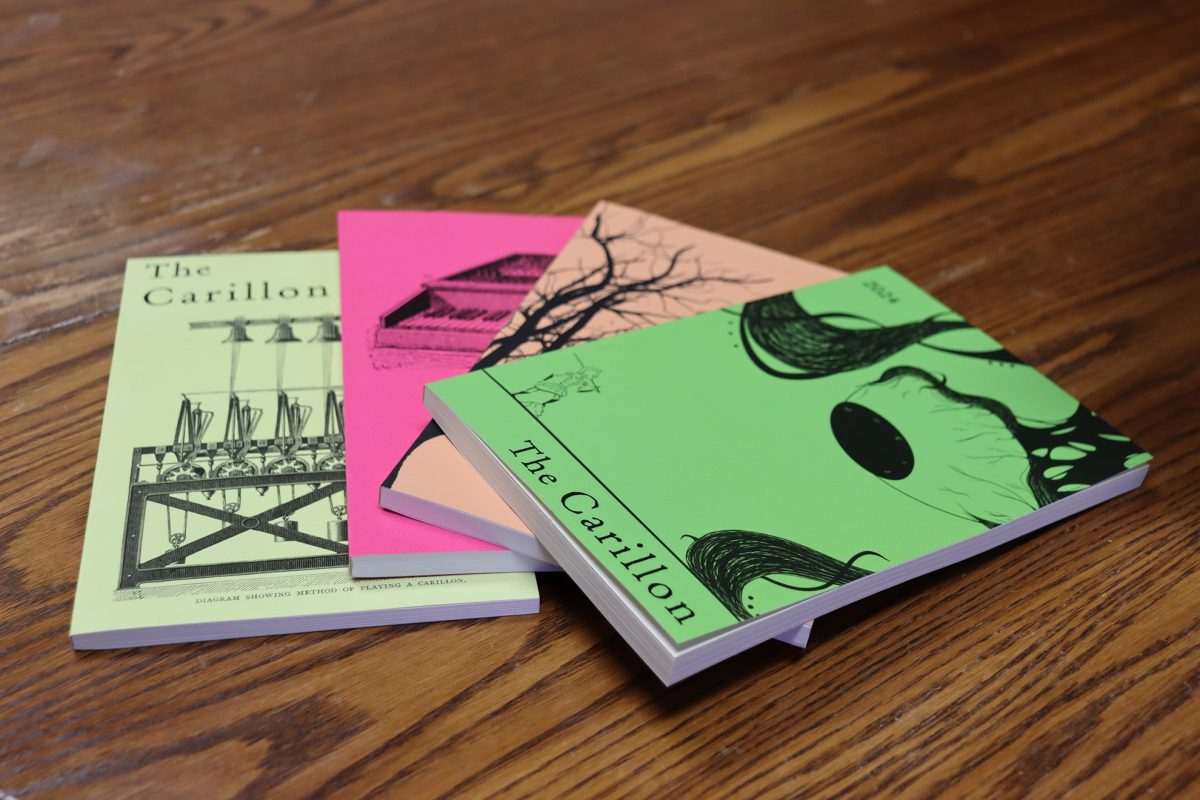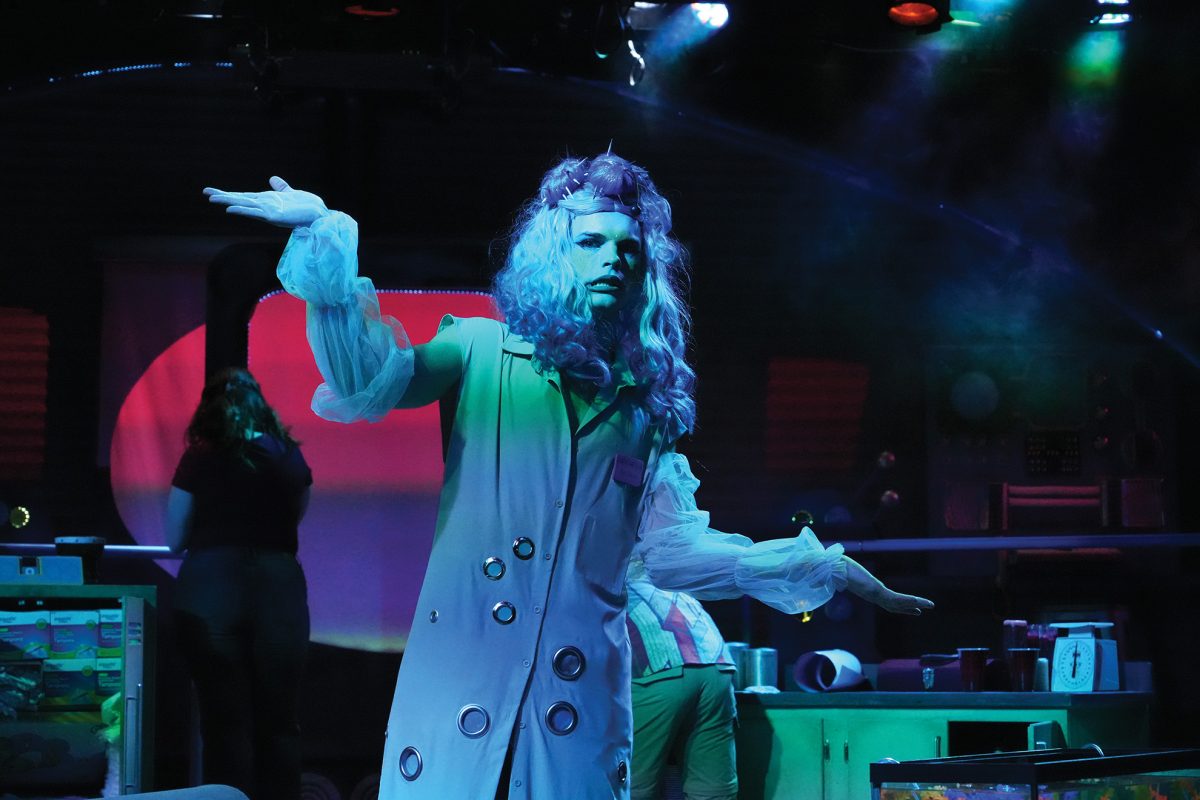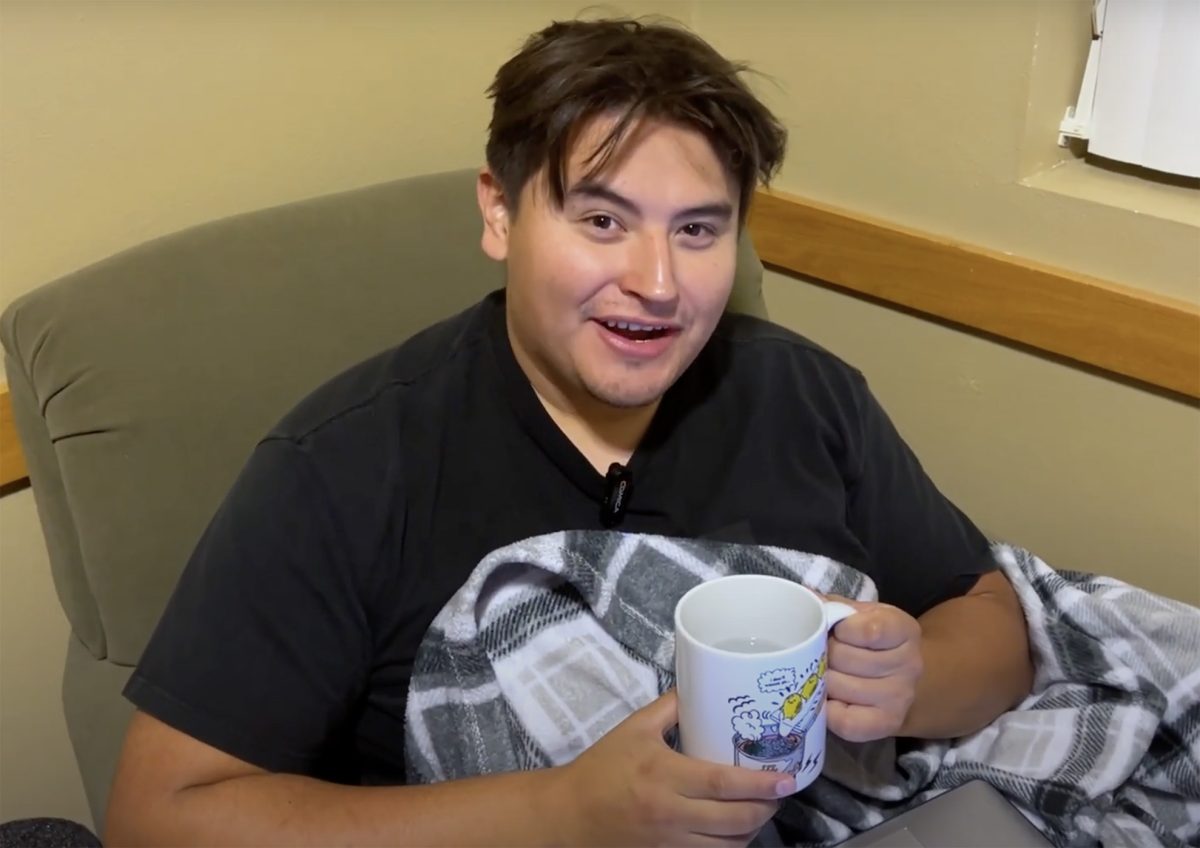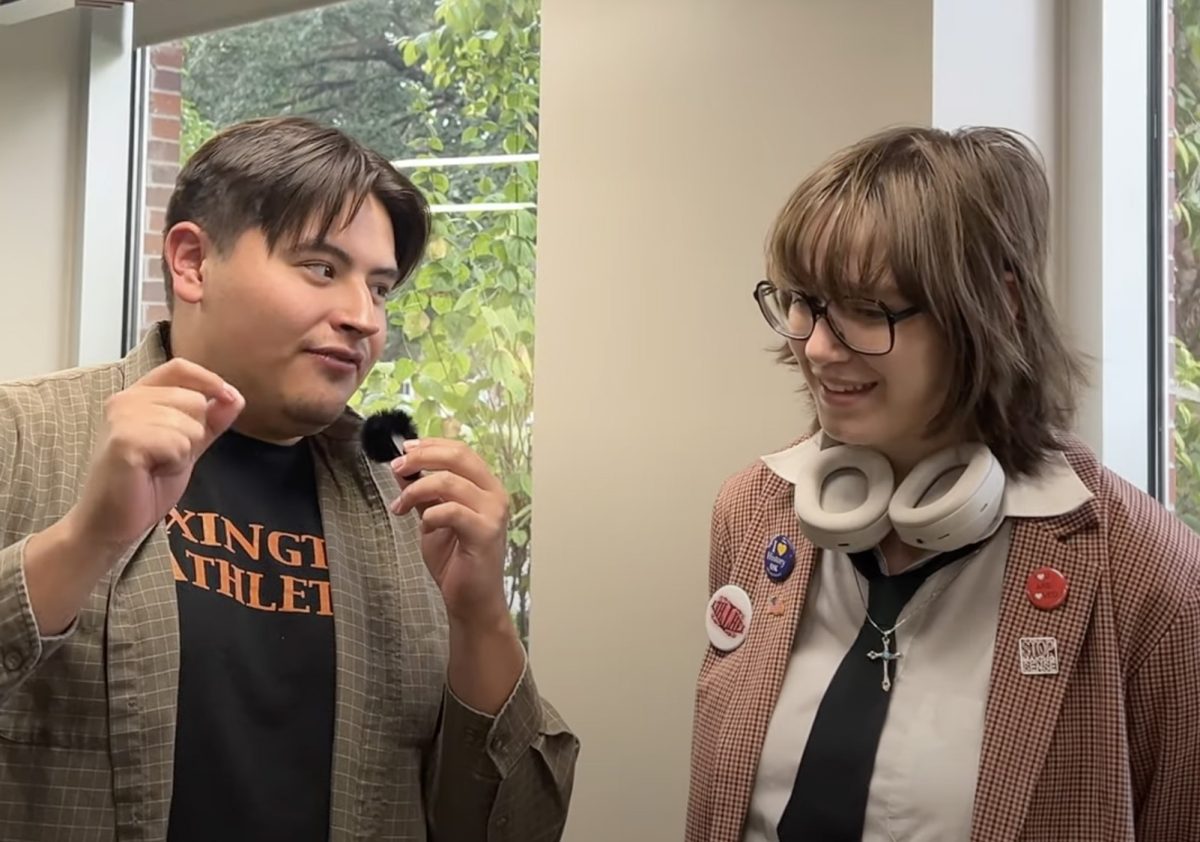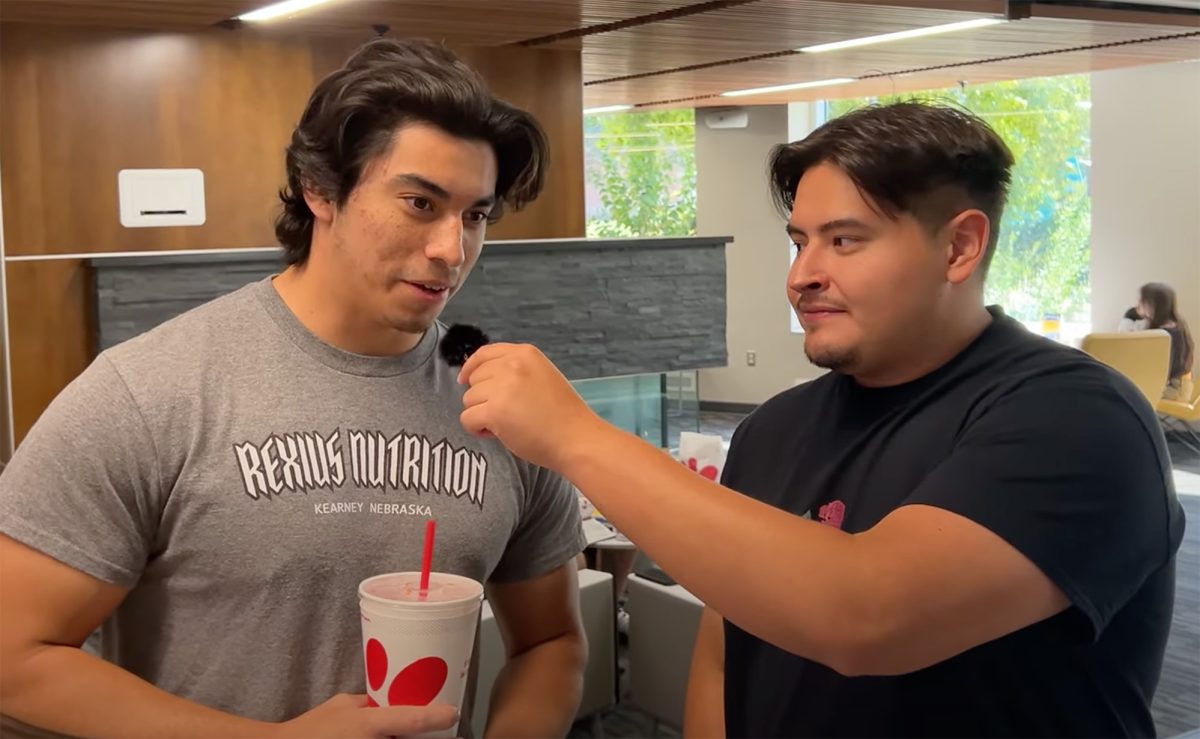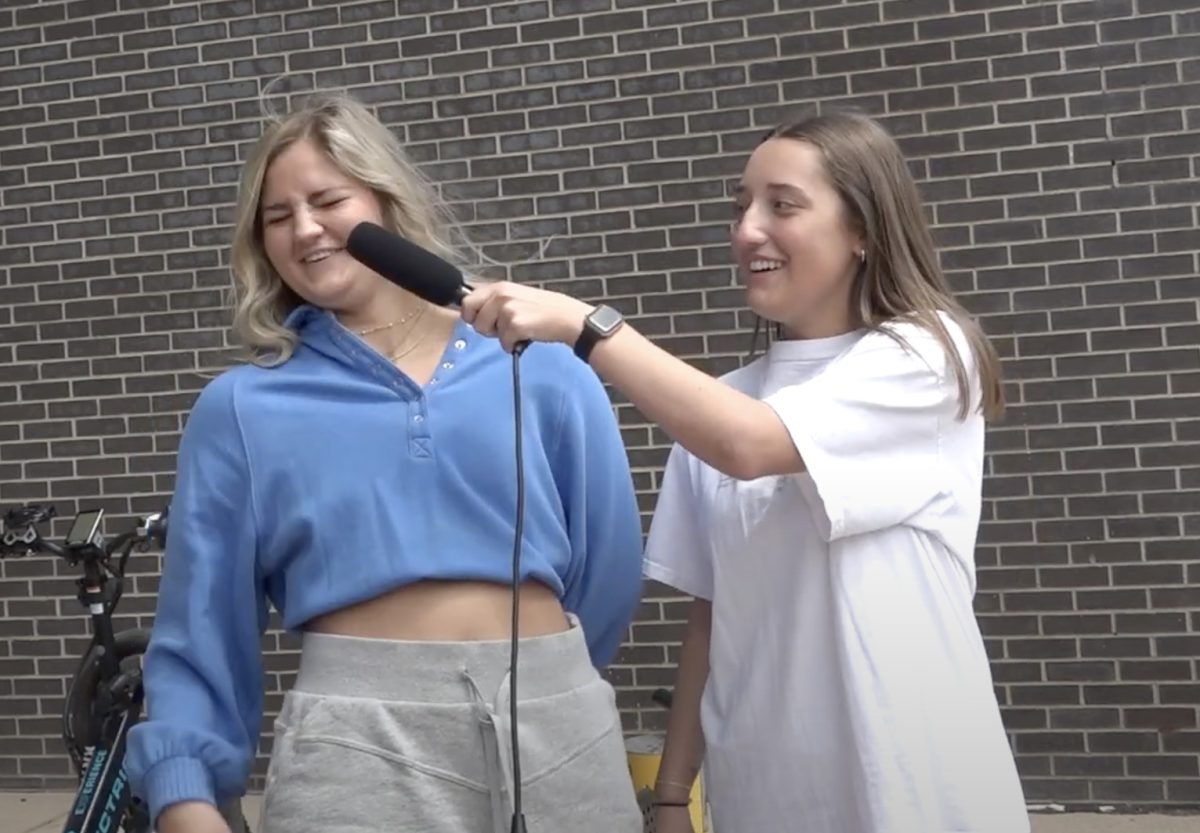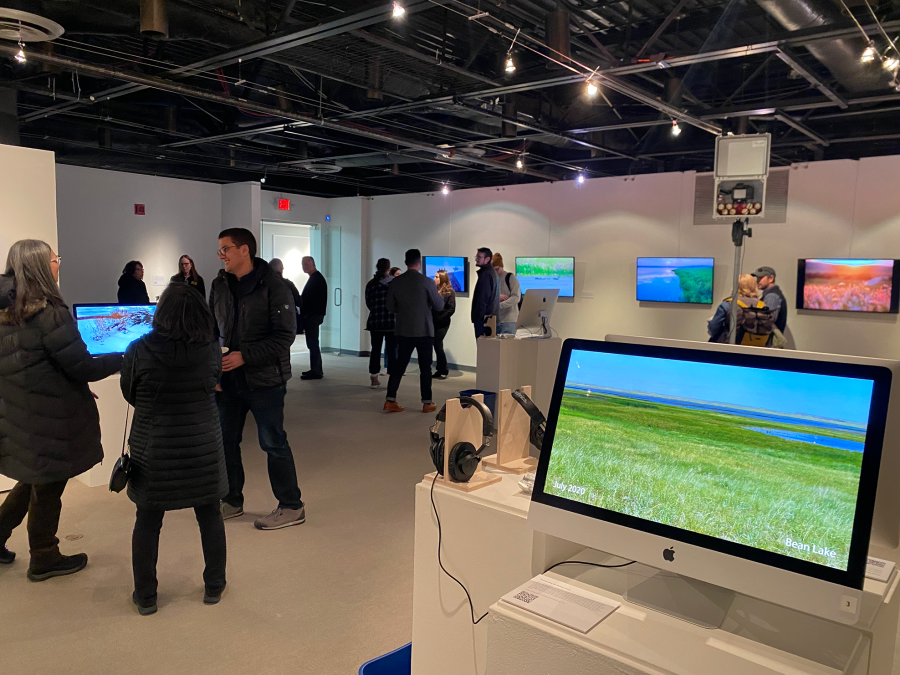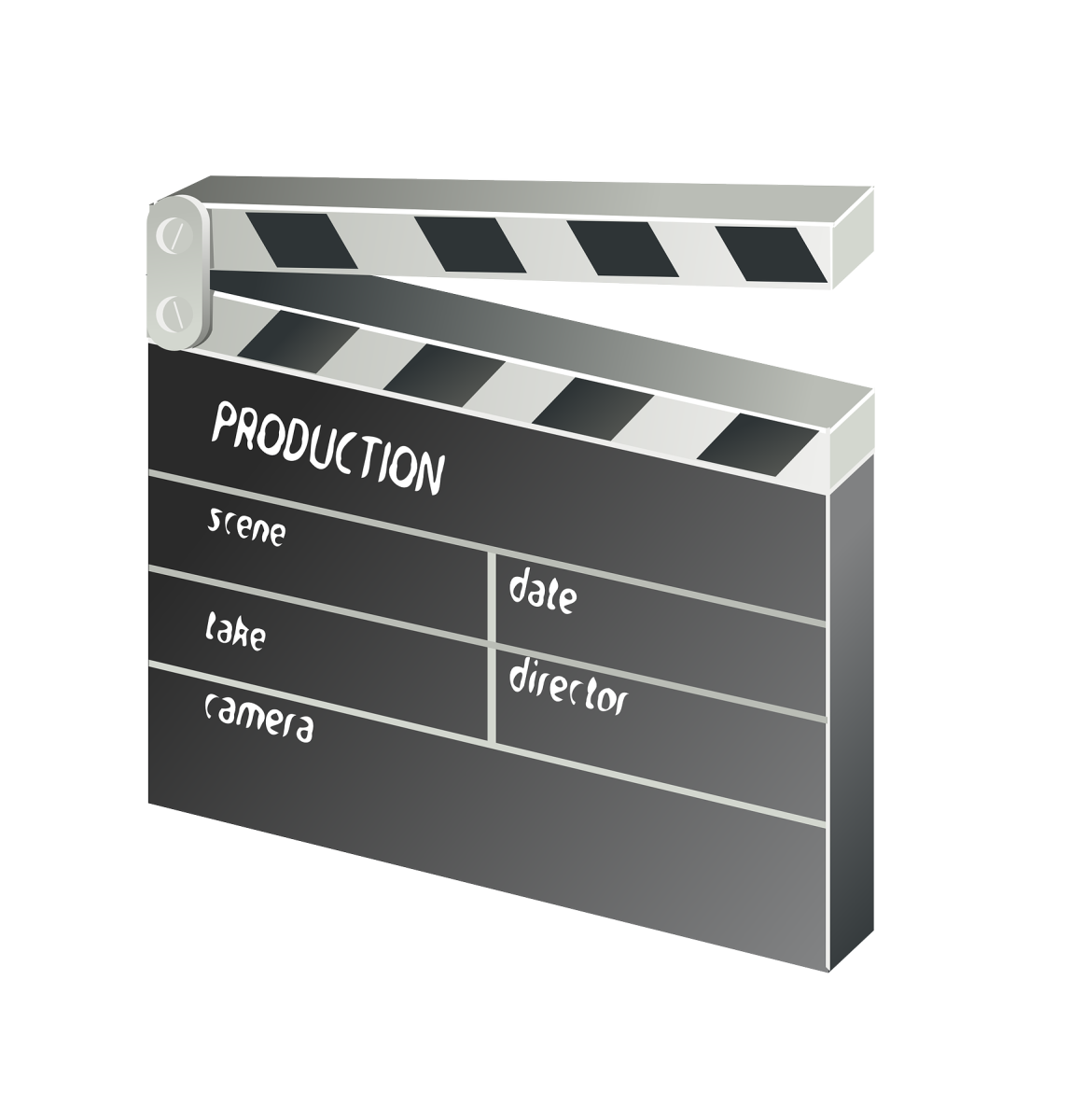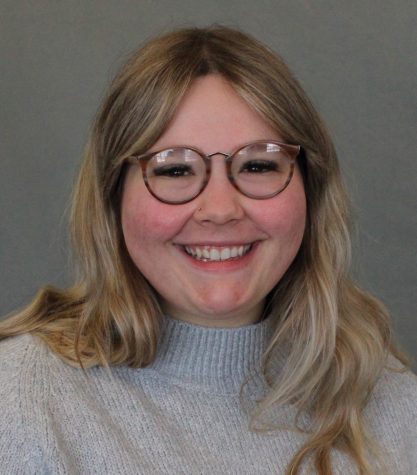smithjn2@lopers.unk.edu
The Platte River Basin stretches from Colorado to Missouri and is being portrayed through different multimedia at UNK’s Walker Art Gallery. The Platte Basin Timelapse project’s, “Witnessing a Watershed,” will be showcased for the public until Feb. 23. Audio, video and photography show what lies outside of people’s backdoors.
Dr. Mary Harner, a research professor of Communication and Biology at UNK, said her research aligned with the organization’s work.
“When I first heard of PBT, I thought this was really powerful from a communication standpoint, and kind of opening up conversations with people, but also as a long term record of change that can feed into research we are doing,” Harner said. “I learned how important imagery is to being able to talk about this landscape and what lives here, why it matters and what work is being done to make sure that the habitat remains for the diversity of life that depends on it.”
Two photographers, Michael Forsburg and Michael Farrell, co-founded PBT in 2011 to capture the importance of the watershed through images. PBT has set up 60 time lapse cameras throughout the basin, which begin in the Rocky Mountains in Wyoming and Colorado. They are set up through central Nebraska to the confluence with the Missouri River. These cameras take a picture every daylight hour, with some cameras taking photographs for over 10 years. There is a video presentation of 16 different cameras. This portion of the exhibit shows locations changing throughout the seasons.
These visuals are not only appealing to the eye, but each piece represents important scientific research done from those involved with PBT. Besides the core PBT team, much of the work being presented involved students from UNL, UNK and Kearney High School.
Jamila Bajelan, a graduate student in the public communication master’s program, described her contribution.
“I was going through the images from the time lapse camera at the Kearney Outdoor Learning Area, and a combination of myself and Dr. Harner thought it would be a nice idea to turn the images into a time lapse video with corresponding audio from the site,” Bajelan said. “I took one picture each day all year of 2021, and turned it into a video, then added audio that matched that particular time frame of the year.”
Bajelan said some of the pictures were missing due to technical problems.
There are three different audio projects that are interactive, including Bajelan’s work. The public can use headphones to hear what is being captured at these camera sites. Bajelan believes that anyone from the public can find value in “Witnessing a Watershed.”
“I think people should check it out because even if they are not interested in science, there is so much more to it,” Bajelan said. “There is also this beautiful element of it included in what we do everyday. To the everyday person, this shows what is possible due to science and science funding.”



